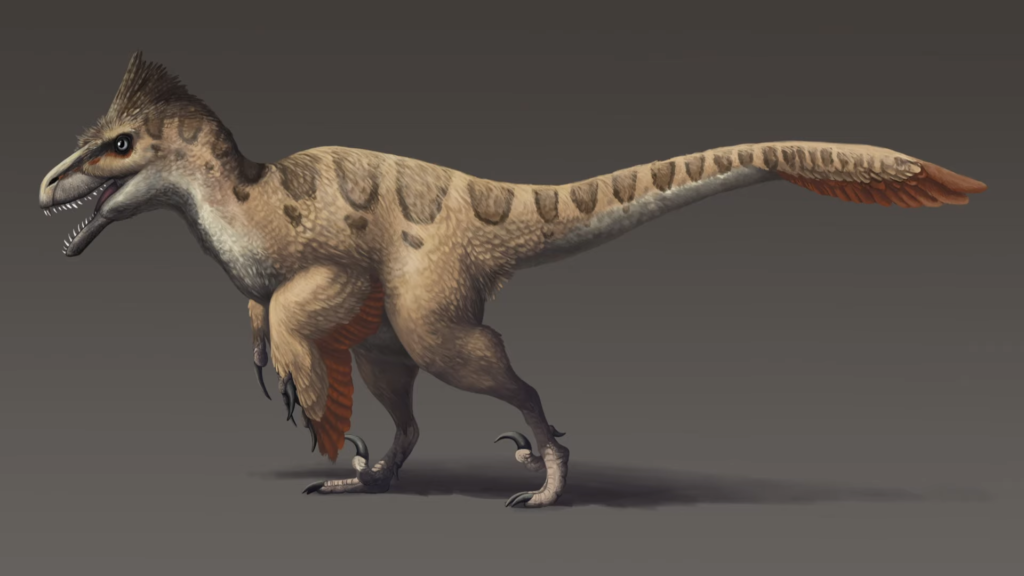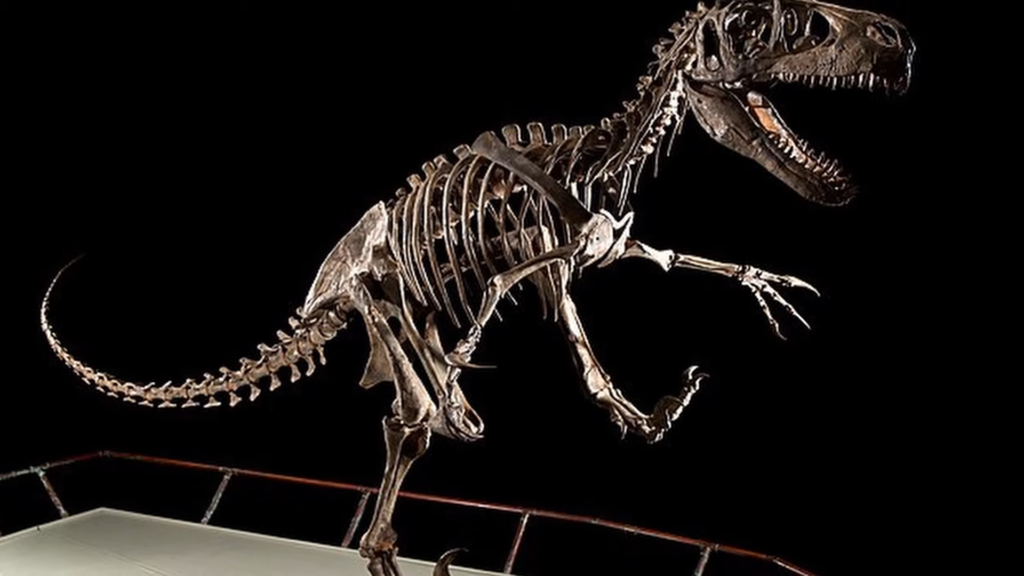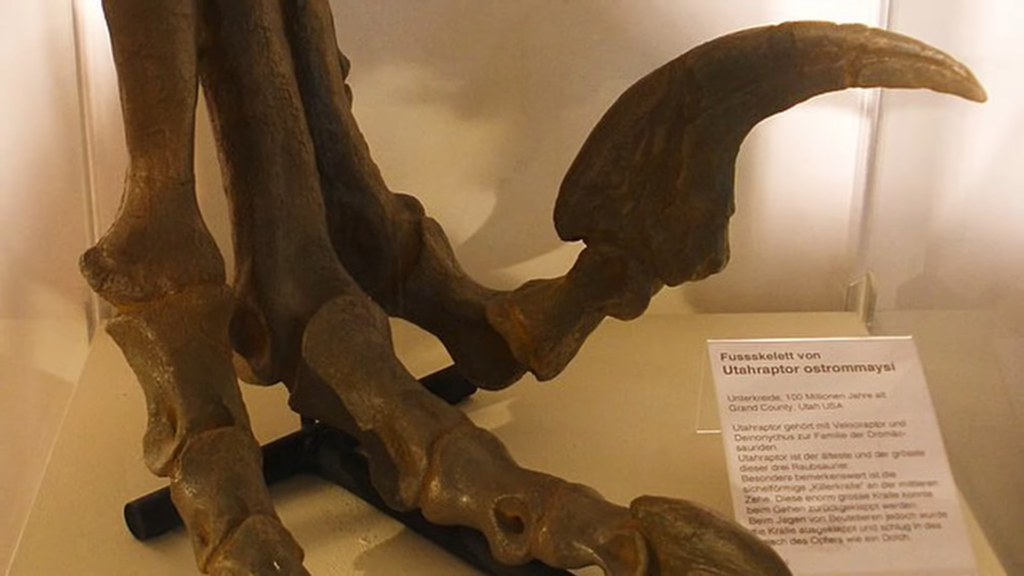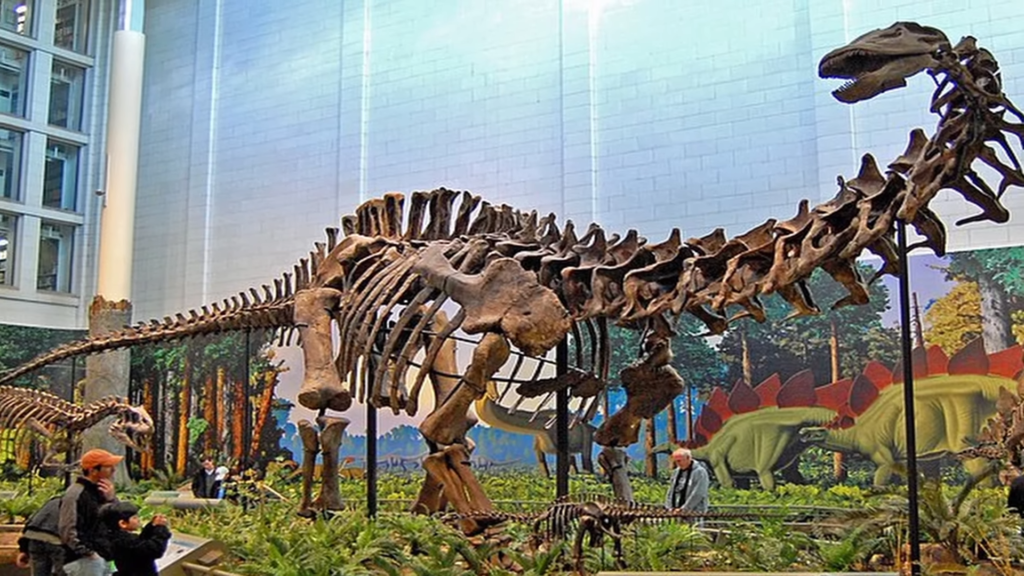In the realm of dinosaurs, few creatures evoke the same awe-inspiring fear as the raptors. Made famous by Hollywood’s portrayal in the Jurassic Park franchise, these feathered predators have captured our imagination for decades. But what if I told you that the raptors depicted on screen were mere shadows of their real-life counterparts?

Enter the Utahraptor, the supersized raptor that challenges everything we thought we knew about these ancient predators. Discovered in Utah, USA, within the Dalton Wells Quarry near the town of Moab, the Utahraptor was unearthed well before the first Jurassic Park movie ever hit the screens, thanks to the efforts of paleontologist Jim Jensen. However, it wasn’t until 1991, with the discovery of additional remains by paleontologist James Kirkland and others, that this behemoth truly came to light.

One of the most striking features of the Utahraptor is its sheer size. Towering over its Hollywood cousin, the Velociraptor, this predator measured between 16 to 18 feet in length and weighed in at a staggering 620 to 660 pounds. Some estimates even suggest that certain individuals could grow even larger, with the largest specimen ever found reaching a length of 23 feet and comparable in weight to a fully grown polar bear.

But size wasn’t the Utahraptor’s only weapon. Equipped with powerful limbs, especially in its legs, and adorned with a massive sickle-shaped foot claw measuring up to 22 centimeters in length, this predator was built for one thing: hunting. Unlike its lighter relatives, such as the Velociraptor, the Utahraptor could balance on one leg while kicking prey with its deadly claw, leaving its hands free to dispatch its victims with its sharp, serrated teeth.

Despite its formidable arsenal, the Utahraptor was not the Usain Bolt of the dinosaur world. Its bulk meant it was likely slower than its lighter relatives, but this didn’t hinder its effectiveness as a predator. Ambushing prey and scavenging opportunities were likely part of its hunting strategy, with its diet consisting of creatures like iguanodons, therizinosaurus, and possibly even smaller sauropods.
Roaming North America approximately 135 to 130 million years ago, during the early Cretaceous period, the Utahraptor shared its lush, semi-arid environment with a variety of other dinosaurs, including herbivores like hippodraco and sauropods like cedarosaurus. Despite the competition, the Utahraptor stood out as one of the top predators of its time.
Today, the Utahraptor remains an icon of prehistoric power, immortalized not only in Hollywood but also as the official dinosaur of the state of Utah. With its iconic appearance and deadly features, the Utahraptor continues to capture the imagination of people around the world, solidifying its place in the pantheon of ancient predators.




